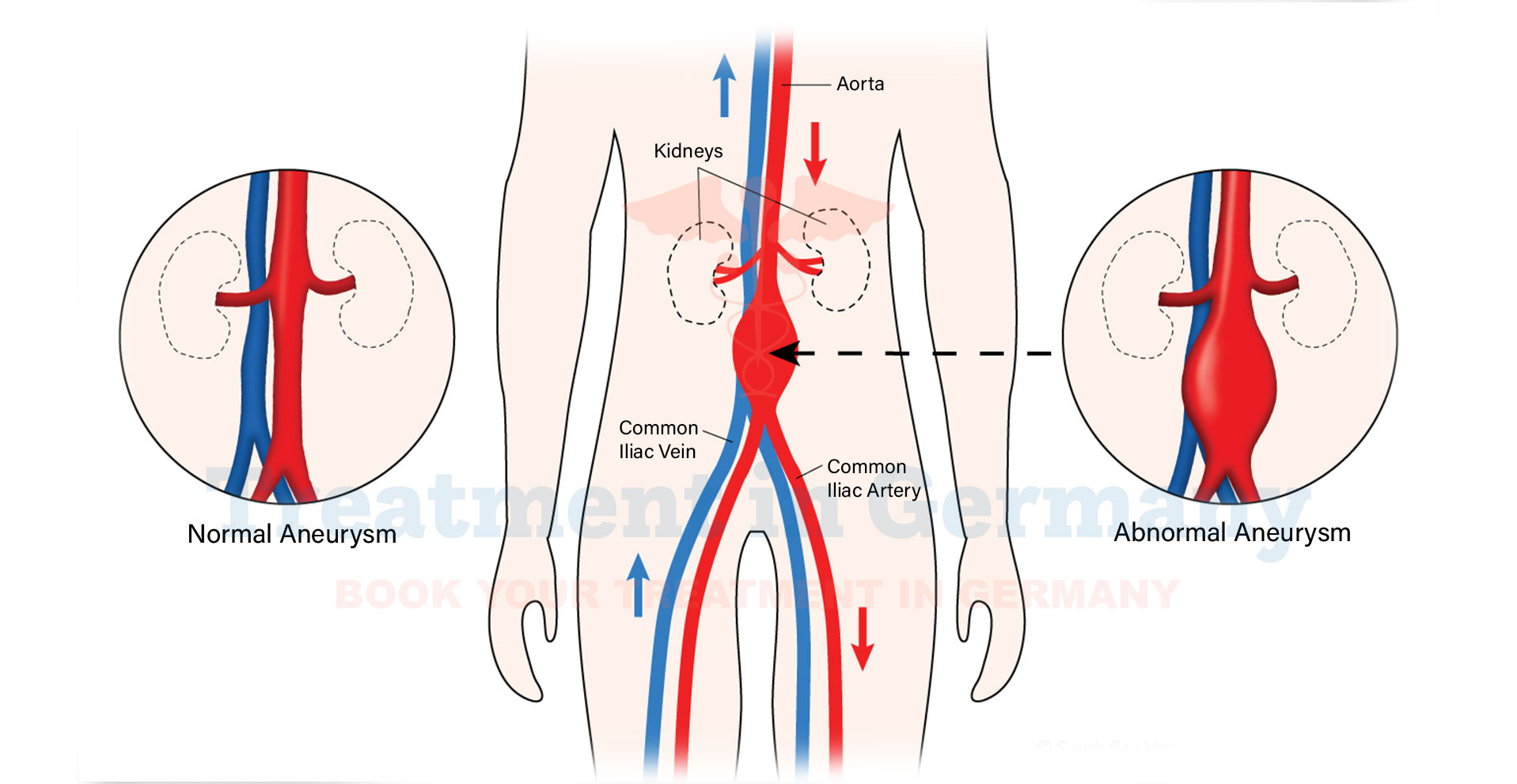What is Iliac Artery Aneurysm?
An Iliac artery aneurysm refers to an abnormal bulging or swelling in the wall of one of the iliac arteries. These arteries are located in the pelvic region and are crucial for transporting blood from the heart to the lower limbs.
The aneurysm occurs when the artery weakens and expands, potentially leading to serious complications if left untreated.
Side Effects of Iliac Artery Aneurysm
The most concerning side effect of an Iliac artery aneurysm is the risk of rupture. If the aneurysm ruptures, it can cause severe internal bleeding, leading to shock and even death if immediate medical attention is not received.
Other complications may include blood clot formation within the aneurysm (thrombosis) or compression of nearby structures, which can cause pain or discomfort.
How is Iliac Artery Aneurysm Diagnosed?
Diagnosing an Iliac artery aneurysm typically involves a combination of medical history review, physical examination, and imaging tests. Common imaging techniques used for diagnosis include:
Early detection through these imaging methods is crucial for timely intervention and to prevent complications.
Potential Treatment of Iliac Artery Aneurysm
Treatment options for Iliac artery aneurysms depend on several factors, including the size of the aneurysm, the patient's overall health, and the presence of symptoms. Common approaches include:
👉 Contact us for further information and receive a complimentary consultation.

.webp)
.webp)
 (1).webp)
 (1).webp)

.webp)
.webp)
 (1).webp)
 (1).webp)
